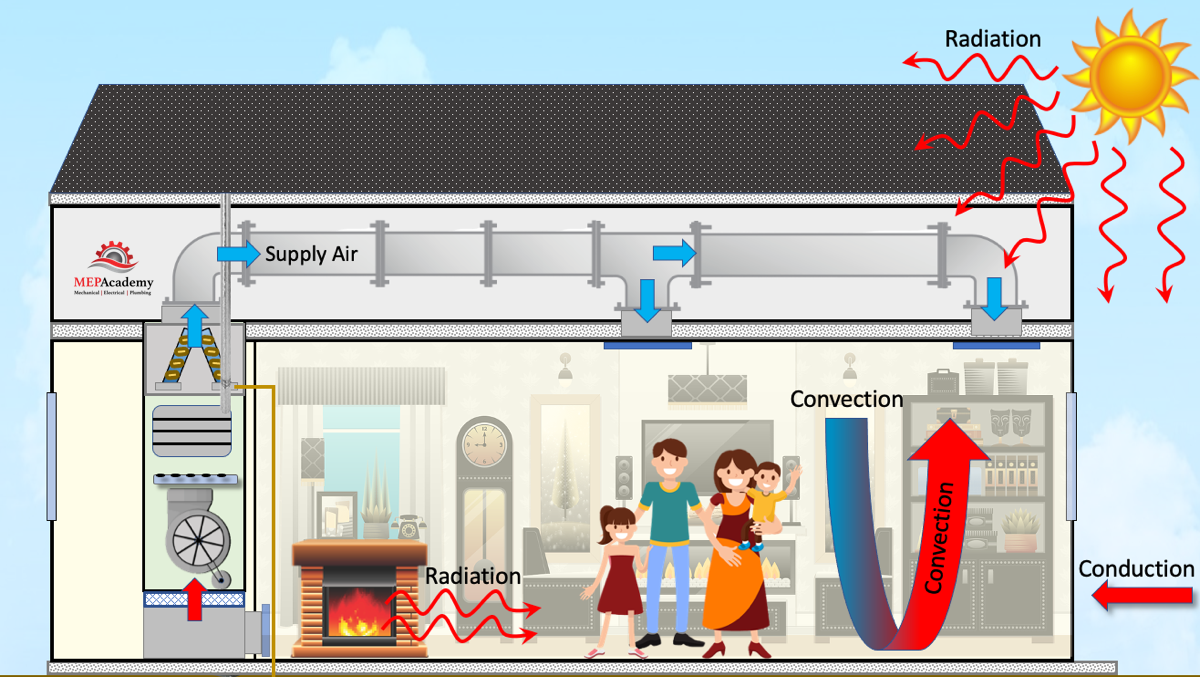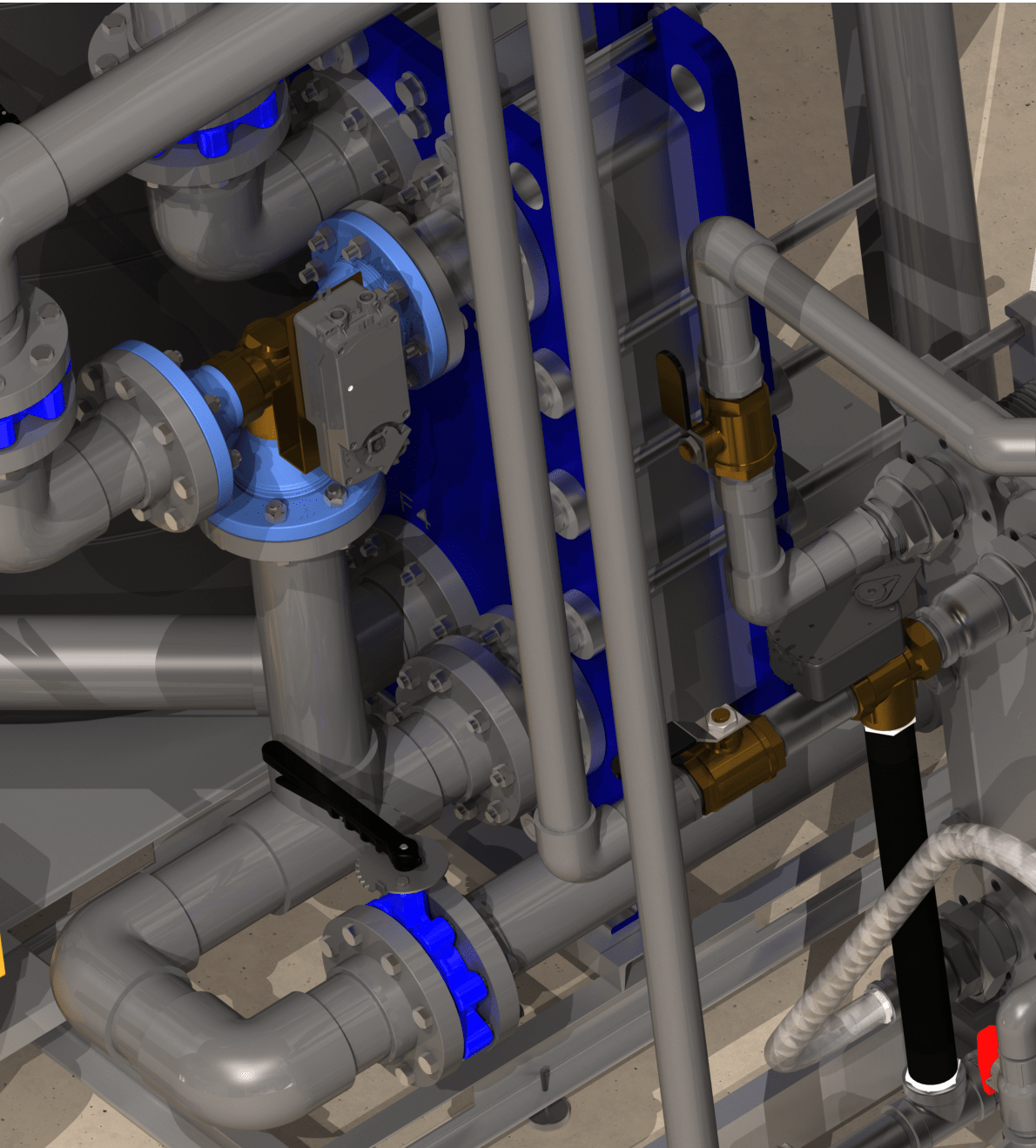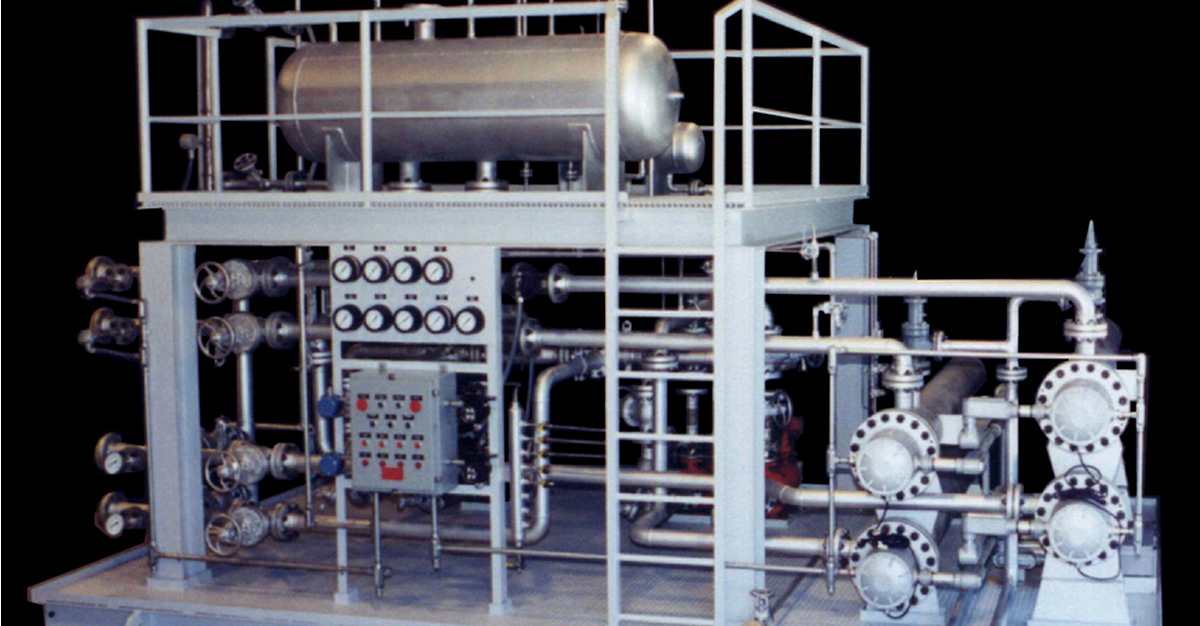Top Trends Shaping the Future of DVS Heat Transfer Systems
Wiki Article
A Comprehensive Guide to Choosing the Right Heat Transfer Solutions for Your Requirements
Picking the proper Heat transfer system is vital for operational efficiency. Various systems deal with different requirements, influenced by factors such as temperature variety and liquid kind. Understanding the concepts behind Heat transfer, such as transmission, convection, and radiation, is vital. Furthermore, reviewing power resources and maintenance techniques can influence lasting efficiency. A closer evaluation of these factors to consider reveals how to customize a system to certain demands. What should one prioritize in this complicated decision-making process?Understanding Heat Transfer: Key Ideas and Concepts
Although Heat transfer may appear like a simple principle, it encompasses a variety of concepts that are fundamental for efficient system layout. Understanding these principles is essential for engineers and designers that aim to optimize thermal performance in numerous applications. Transmission, as an example, entails the transfer of Heat with solid materials, while convection refers to the activity of Heat within liquids. Radiation, an additional vital principle, describes how Heat can be moved through electromagnetic waves. Each of these systems plays a crucial function in establishing exactly how energy moves within a system. By extensively realizing these concepts, professionals can make informed decisions, making certain that Heat transfer systems run successfully and fulfill the certain needs of their applications
Kinds Of Heat Transfer Solutions: A Summary
Comprehending the concepts of Heat transfer lays the groundwork for discovering the numerous kinds of Heat transfer systems available. Heat transfer systems can be categorized mostly into three kinds: convection, radiation, and conduction. Conduction entails Heat transfer through strong products, depending on direct contact between particles. Convection, on the various other hand, happens in fluids (gases and liquids) where the movement of the fluid itself assists in Heat transfer. Radiation involves the transfer of Heat through electro-magnetic waves and does not require a medium, permitting it to occur in a vacuum cleaner. Each type of system has distinctive features and applications, making it necessary for individuals and organizations to thoroughly evaluate their specific requirements when picking the most suitable Heat transfer remedy.Applications of Heat Transfer Solutions in Various Industries
Heat transfer systems play a vital duty across different industries, influencing efficiency and product high quality. In industrial manufacturing procedures, they facilitate accurate temperature level control, while in food and beverage processing, they ensure safety and security and preservation. In addition, HVAC and environment control systems rely greatly on reliable Heat transfer to maintain comfy atmospheres.Industrial Production Processes

Numerous industrial manufacturing procedures rely heavily on effective Heat transfer systems to take full advantage of productivity and enhance product top quality. In fields such as metalworking, Heat exchangers play a crucial role in maintaining excellent temperatures during welding, spreading, and forging. These systems ensure consistent Heat distribution, which is important for accomplishing wanted product properties. In the chemical production industry, Heat transfer systems promote specific temperature control throughout responses, affecting yield and safety and security. In fabric production, reliable Heat management is crucial for dyeing and finishing procedures, influencing shade consistency and material quality. By picking proper Heat transfer innovations, suppliers can enhance energy performance and decrease operational prices, ultimately leading to a much more sustainable and affordable manufacturing setting.
Food and Beverage Handling
Effective Heat transfer systems are just as vital in the food and beverage handling industry, where maintaining optimal temperatures is important for food safety and high quality. These systems play an important role in processes such as pasteurization, sterilization, and cooking, guaranteeing that items are secure for consumption and keep their nutritional worth. Heat exchangers, for example, effectively move Heat in between fluids, enhancing power use while decreasing temperature level fluctuations. Additionally, refrigeration systems are essential for maintaining subject to spoiling items and expanding life span. The option of Heat transfer modern technology directly influences functional effectiveness and item integrity, making it necessary for food and beverage manufacturers to pick the proper systems tailored to their certain processing needs. This careful choice inevitably adds to customer contentment and food safety.
Heating And Cooling and Climate Control
While lots of sectors rely upon Heat transfer systems for efficiency, HVAC (Heating, Ventilation, and Air Conditioning) plays a necessary duty in maintaining interior climate control throughout numerous settings. These systems utilize Heat transfer concepts to manage moisture, air, and temperature level quality, making sure convenience and safety and security in household, business, and commercial settings. Effectively created a/c systems enhance power performance, minimize operational prices, and lessen environmental impact. In business buildings, as an example, effective environment control adds to employee productivity and consumer satisfaction. In commercial applications, a/c systems aid preserve optimal conditions for devices operation and product conservation. Choosing the appropriate Heat transfer system is crucial for meeting details climate control needs and accomplishing overall system efficiency.Assessing Power Sources for Heat Transfer Solutions
In assessing power sources for Heat transfer systems, a contrast of renewable resource alternatives and nonrenewable fuel source factors to consider is vital. Renewable resources, such as solar and wind, deal sustainable options that can decrease ecological impact. On the other hand, nonrenewable fuel sources remain prevalent because of their established facilities and power density, motivating a careful assessment of both choices.Renewable Resource Options

Nonrenewable Fuel Source Considerations
Evaluating fossil fuel considerations is vital for the efficiency and sustainability of Heat transfer systems. Fossil fuels, such as gas, oil, and coal, are typical power sources that provide significant Heat output, making them preferred options for property and industrial applications. Their environmental effect, including greenhouse gas exhausts and resource deficiency, increases problems. When choosing a heat transfer system, it is crucial to evaluate the schedule, expense, and regulative factors connected with these fuels. In addition, the efficiency of nonrenewable fuel source systems have to be taken into consideration, as greater DVS Heat Transfer Systems performance can mitigate some environmental disadvantages. Eventually, a well balanced technique considering performance and sustainability can direct decision-makers toward the most ideal Heat transfer option for their certain needs.Aspects to Think About When Picking a Warmth Transfer System
Selecting an appropriate Heat transfer system needs mindful consideration of different factors that can substantially impact effectiveness and efficiency. One essential element is the operating temperature level array, which dictates the materials and design ideal for the application. Additionally, the sort of fluid utilized in the system-- whether gas or fluid-- affects Heat transfer effectiveness and compatibility. The system's dimension and capability must straighten with the certain demands of the operation to stay clear of inadequacies. Power resource schedule is likewise vital, affecting operating prices and sustainability. In addition, the installment atmosphere, consisting of area restrictions and accessibility for upkeep, plays a significant function in system choice. Lastly, regulative compliance and security standards must be thought about to ensure the system meets all lawful needs.Maintenance and Performance Optimization for Heat Transfer Solutions
Maintaining Heat transfer systems is necessary for making sure maximum effectiveness and durability. Regular upkeep activities, such as cleansing Heat exchangers and examining insulation, aid stop efficiency losses as a result of fouling and thermal linking. Furthermore, keeping an eye on system criteria, including stress and temperature level, enables for very early detection of abnormalities, minimizing downtime and expensive repair services. Executing a preventive maintenance timetable can enhance performance and prolong the life-span of components. Upgrading to innovative control systems can boost operational effectiveness by readjusting to differing loads and conditions. By focusing on upkeep and efficiency optimization, operators can accomplish minimized power consumption, reduced operational costs, and improved general system dependability, inevitably resulting in much better source use and an extra lasting operation.Future Trends in Heat Transfer Technologies
As markets significantly focus on sustainability and power performance, future fads in Heat transfer innovations are readied to undergo considerable makeovers. Innovations such as advanced materials, including carbon nanotubes and nanofluids, promise boosted thermal conductivity and performance. Furthermore, the combination of sustainable energy resources right into Heat transfer systems is gaining energy, advertising green remedies. Smart technologies, including IoT sensors, are anticipated to change tracking and control, allowing real-time data evaluation for enhanced performance. The development of modular and portable systems will certainly help with less complicated setup and maintenance, catering to varied applications. These developments indicate a shift towards even more lasting, efficient, and versatile Heat transfer services, aligning with global power objectives and environmental criteria.
Often Asked Questions
What Are the Ecological Impacts of Heat Transfer Equipments?
The environmental impacts of Heat transfer systems can consist of greenhouse gas emissions, power consumption, and possible thermal contamination. In addition, improper disposal of products and inadequacies can add to source deficiency and community disturbance.Exactly how Do I Compute the Cost-Effectiveness of a Heat Transfer System?
To determine the cost-effectiveness of a warm transfer system, one must examine initial expenses, functional expenditures, upkeep requirements, and power efficiency, comparing these aspects versus the anticipated life expectancy and efficiency of the system.Can Heat Transfer Equipment Be Used in Residential Settings?
Heat transfer systems can indeed be utilized in property setups. They offer reliable heating and cooling options, making homes extra comfy while possibly decreasing power prices. Their convenience permits different applications in household settings.What Safety And Security Rules Put On Heat Transfer Equipments?
Safety laws for Heat transfer systems typically include standards on installation, upkeep, and procedure. Compliance with local building regulations, producer specs, and sector criteria is necessary to guarantee safe and efficient system performance in different applications.How Do Different Materials Affect Heat Transfer Performance?

Transmission, for instance, involves the transfer of Heat with strong materials, while convection refers to the motion of Heat within liquids. Understanding the principles of Heat transfer lays the foundation for exploring the various types of Heat transfer systems offered. Heat exchangers, for circumstances, successfully move Heat in between liquids, optimizing energy use while lessening temperature changes. In reviewing power sources for Heat transfer systems, a comparison of renewable power alternatives and fossil gas considerations is vital. Steels, such as copper and light weight aluminum, conduct Heat properly, whereas insulators like rubber and glass slow down Heat circulation.
Report this wiki page